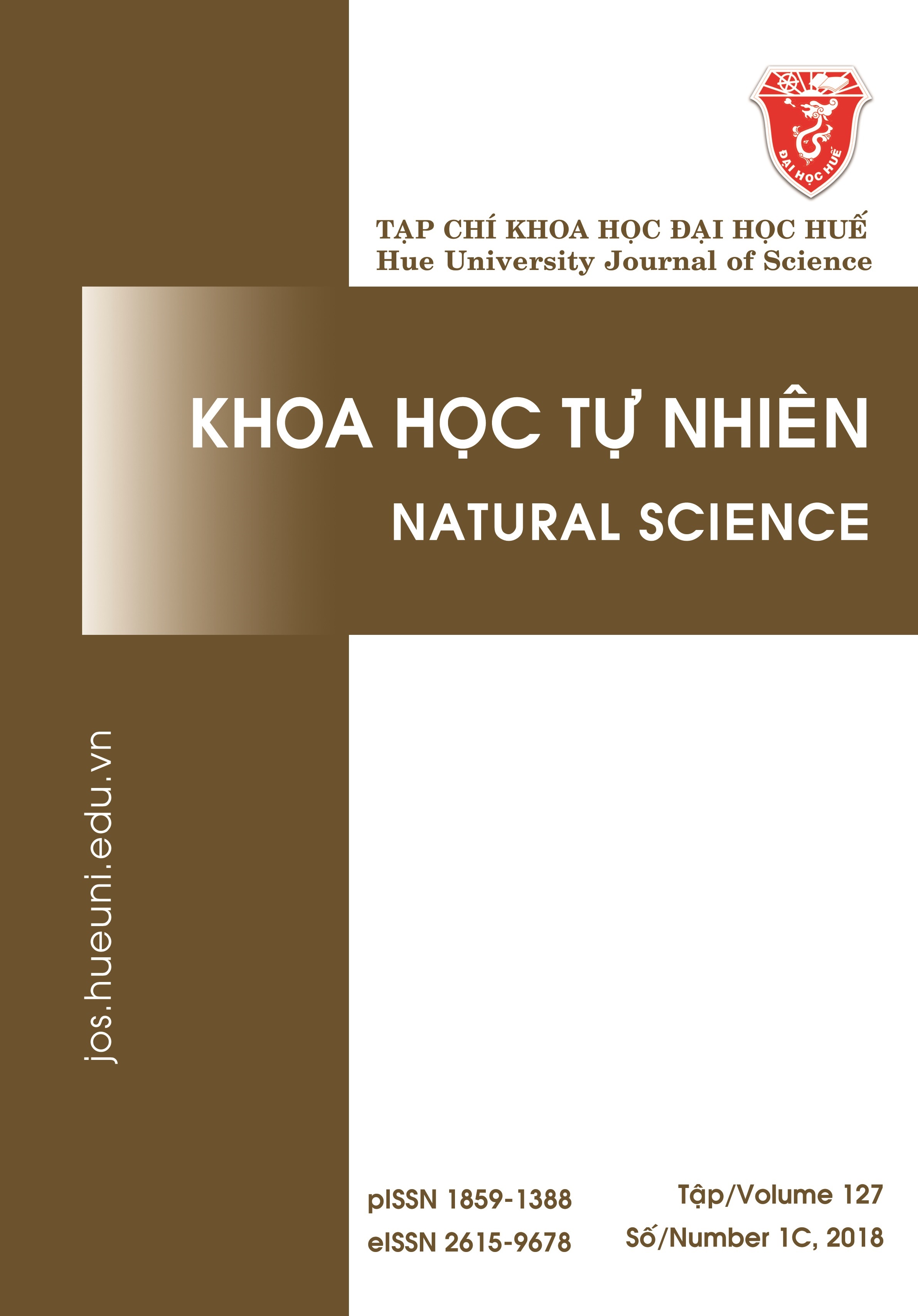Abstract
Microalgae cultivation is an indispensable step in aquaculture hatcheries to create a feed source for larval and juvenile aqua-animal species. One of the problems in the production of large-scale microalgal biomass is that it requires appropriate low-cost biomass harvesting techniques. For the purpose of finding the most suitable method for recovering the biomass of Skeletonema costatum in large-scale cultivation, we have determined the influence of some flocculants on the flocculation efficiency. The results of laboratory studies showed that the recovering efficiency of Skeletonema costatum was 74.15 ± 3.85% at pH 10.5 after 1 hour. The optimal biomass recovering rate was 94.66 ± 3.26% and 91.01 ± 4.65% at FeCl3 200 mg/L and FeSO4 100 mg/L after 15 minutes, respectively. In experiments with AlCl3 and Al2(SO4)3, the recovering efficiency was 95.23 ± 2.87% at AlCl3 50 mg/L and 91.34 ± 3.8% at Al2(SO4)3 100mg/L after 30 minutes. In this study, Al2(SO4)3 and AlCl3 gave higher flocculation efficiencies for Skeletonema costatum and slower cell damage compared with FeCl3and FeSO4 or pH adjustment.

This work is licensed under a Creative Commons Attribution-ShareAlike 4.0 International License.
Copyright (c) 2018 Array




